7 Common Weeds That Are Absolutely Killing Your Home’s Curb Appeal
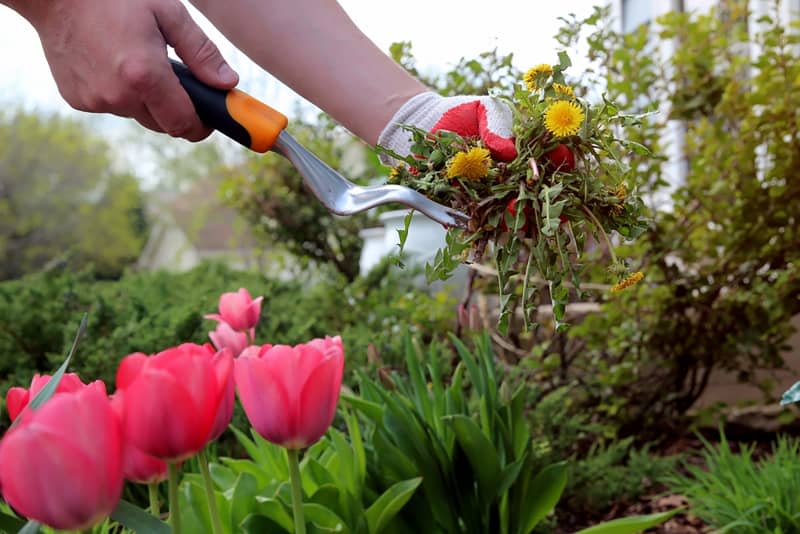
Weeds gone wild can be an instant curb appeal killer. But what actually makes what you see a “weed” versus a plant is truly in the eye of the beholder. The truth is, when identifying the most common types of weeds, you’re simply referring to the often invasive, fast-growing perennial plants that most people do not like having in their yard, explains Laura Janney, founder and owner of The Inspired Garden.
“A weed is a plant that you do not want. Some perennials people don’t like are ‘weeds,’ and some weeds people do like are technically not ‘weeds,’” Janney explains.
But when it comes time to think about listing your house on the market and boosting curb appeal (or if you’re a first-time homeowner who just inherited a brand-new yard), you have to know which types of weeds are going to be almost universally disliked — and you’re going to have to figure out how to get rid of them ASAP.
7 Common Types of Lawn and Garden Weeds
“Some of the most common weeds look like grasses, while some look like grasses but are three-sided — these are called sedges. But, if you didn’t plant it, and it doesn’t look like grass, it’s most likely a broadleaf weed,” Janney explains. Here’s a breakdown of common lawn and garden weed types you might spot in your lawn or garden beds.
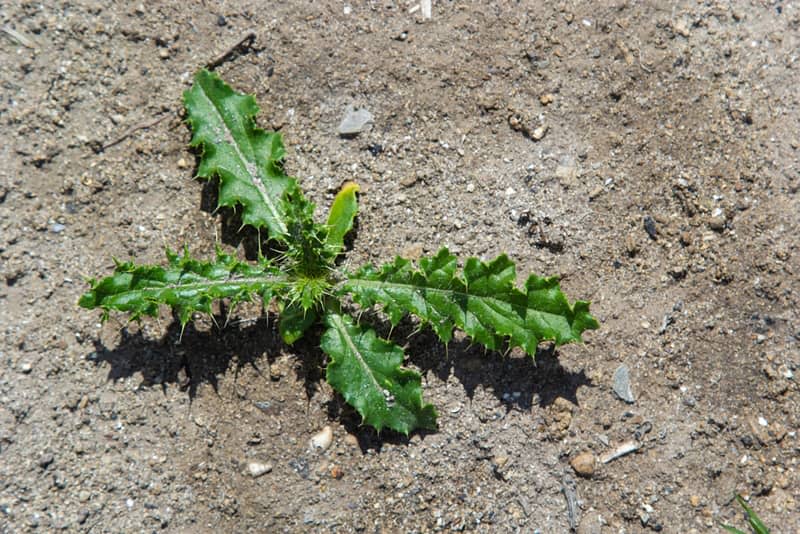
Canadian Thistle
The purple flowers of Canadian thistle may be charming from a distance, but when they’re taking over your yard, these flowers become a violet nuisance. Their roots can spread up to 15 feet, so you may be in for a long fight to get rid of them. The best way to eliminate these broadleaf weeds is to physically exhaust the plants. Till your lawn, mow over them again and again, and even pull them out by hand. Eventually, they may give up.
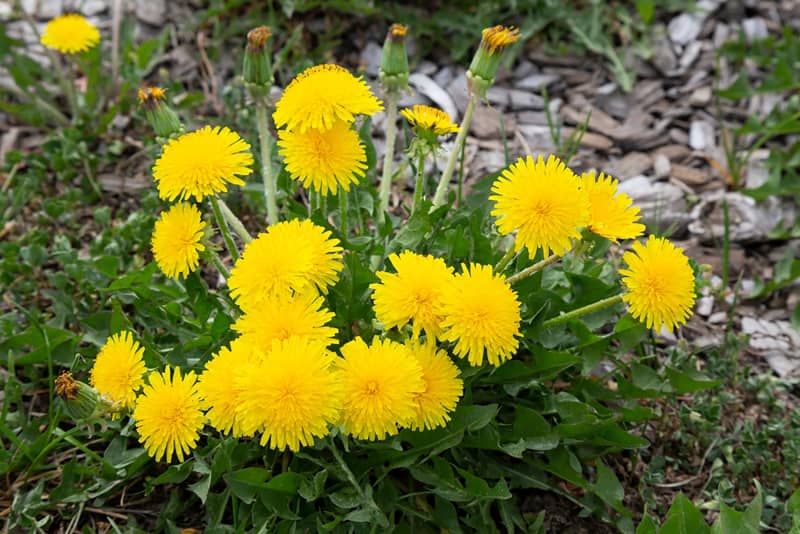
Dandelions
A dandelion is an iconic spring and summer sight. You picture a child picking up one of the fluffy white blooms and gently blowing on the flower as the seeds float off into the warm afternoon sun. And then you remember that’s a fast track to filling your yard with these little sunny weeds. They’re perennial and grow best in moist sunny areas. To get rid of dandelion weeds, you’ll need to pull out your spade or another tool and start ripping the plants out, making sure to get the roots with it too.
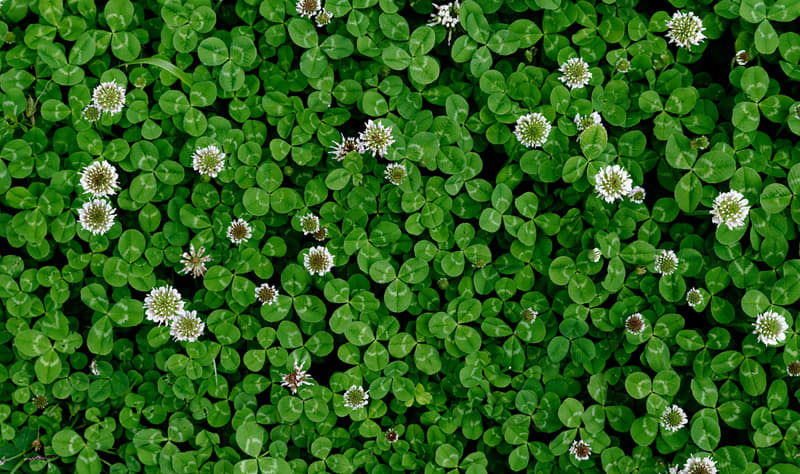
Clover
Clover is another broadleaf weed, and it’s a divisive topic in the world of weeds. While it’s been viewed as a weed for decades, it’s now getting attention as a good weed that helps pollinators do their jobs. If you must get rid of clover, the best way to do it is by hand pulling it or using a tool to remove it. Try to remove it before it seeds and spreads.
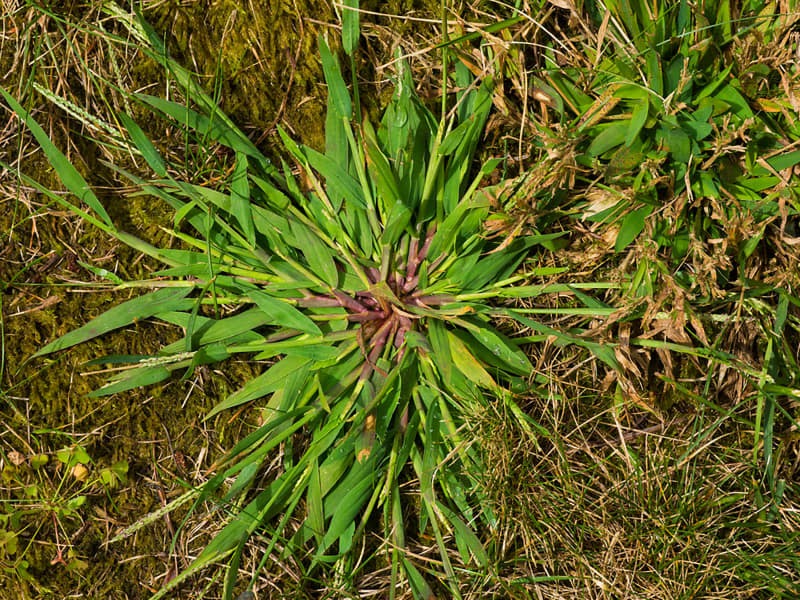
Crabgrass
Crabgrass pops up where you least want — amid your beautifully manicured lawn. In the U.S., species of crabgrass can be large or hairy crabgrass and small or smooth crabgrass. Crabgrass reproduces prolifically and takes over your lush, soft grass with its hard edges and untamed growing pattern. To get rid of crabgrass, you can use a fertilizer that specifically attacks crabgrass, but you can also set your lawn mower to a higher setting. If you leave your grass at 2 to 3 inches, it will provide too much shade for the crabgrass to thrive.
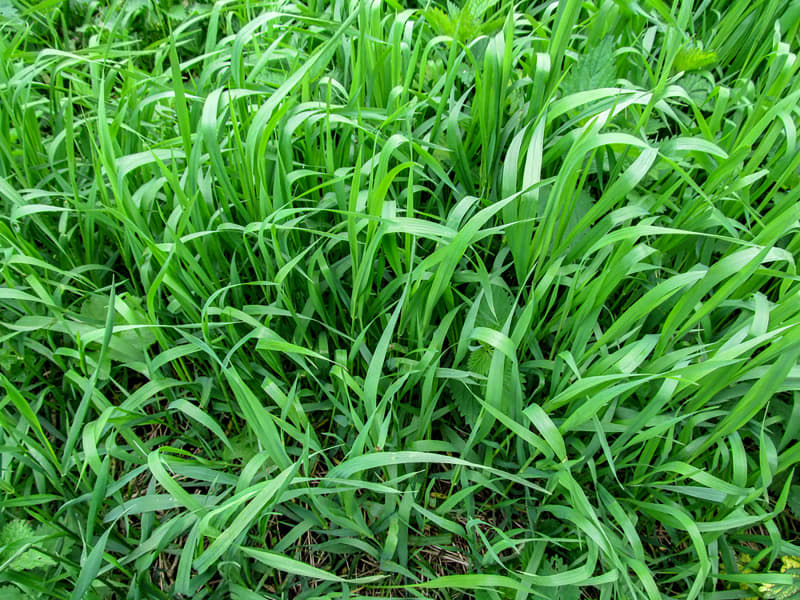
Quack Grass
Quack grass, a coarse, textured type of grass that often grows during cooler seasons, spreads rapidly, leaving wild mounds of rigid grass throughout your lawn. It can be difficult to rid your yard of quack grass because it spreads through underground rhizomes, meaning your best bet for removal is to meticulously pull out each plant, hoping to pull its extended root system in the process.
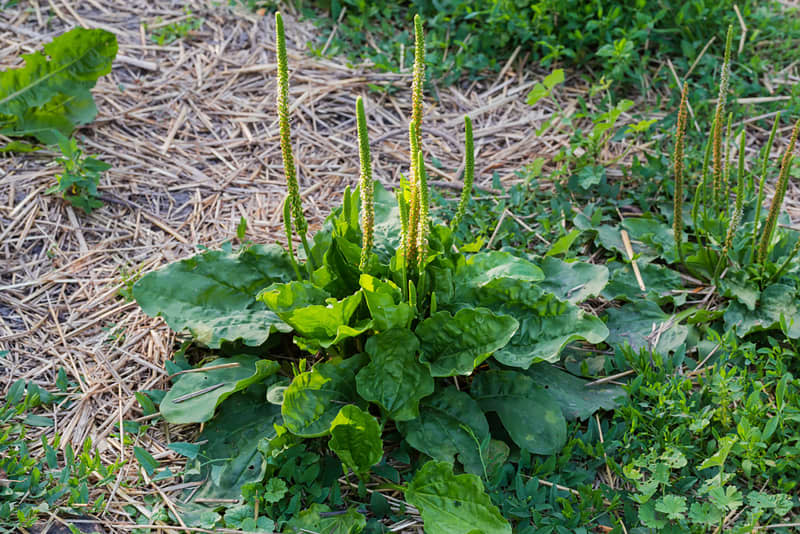
Plantain
Broadleaf plantain is a perennial that can reliably pop up year after year. Its thick green leaves are actually edible, but they’re generally not a plant that most people want hanging out in their garden or yard. Because it grows so close to the ground, the best way to get rid of plantain weeds is to cover the area with mulch and kill it with shade.
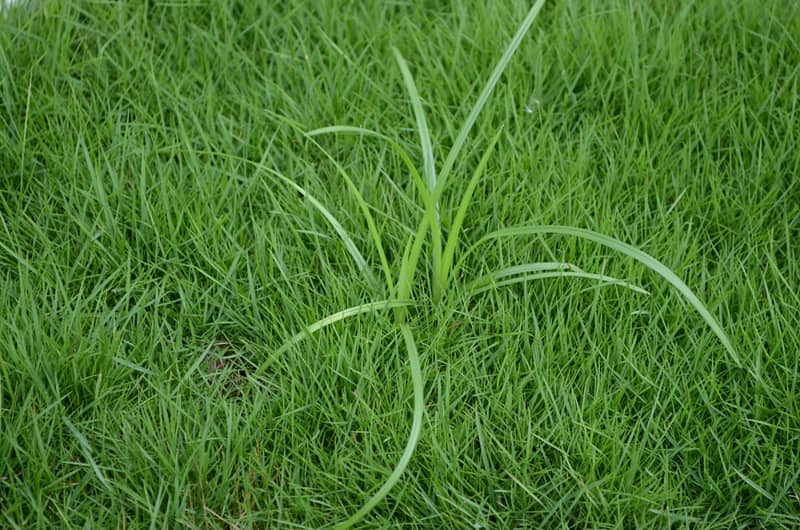
Nutsedge
Nutsedge is one of the sedge weeds that resembles grass but with a triangular stem. This tall grass pops up in sunny areas and is best controlled through either an herbicide or carefully pulling up the entire plant. If you pull just enough to get the top but not the roots, you could actually cause it to spread further.
How to Get Rid of Weeds in Your Lawn or Garden
“The most effective method for managing weeds is using your hands,” Janney says. “I prefer to use a tool like the Garden Weasel, which twists and pulls the plant out of the ground.” If you can get to them before they bud, that’s ideal. The minute the flowers bloom, the weed’s seeds begin spreading, making your job harder year after year.
Janney notes that the most critical part of eradicating weeds is digging deep enough to remove every last bit of the roots of each plant. If you leave even a smidge of a wild violet root, for example, that vibrant, fast-spreading perennial is going to reappear before you can even enjoy your cleared lawn.
“Simply cutting a weed down to the ground is insufficient, as it will likely regrow. Regular maintenance is crucial. Dedicate a few hours each week to weeding as soon as you spot them. This prevents the overwhelming buildup of weeds,” Janney advises. If it sounds like a commitment, that’s because it is. But one that’s well worth the effort, because meticulous weeding is typically the only way to remove or kill weeds without resorting to using harsh chemicals.
You can also put down mulch in your lawn or garden bed to help suppress weeds from growing in the spring. “If you remove a plant, immediately plant something new or apply mulch to the spot to prevent weeds from taking over,” Janney adds. Common yard weeds love bare open spots to grow freely.
Is there anything you shouldn’t do when fighting weeds in your yard? Janney advises against using popular weed killing spray products or lining your garden bed with weed barriers like landscaping fabric. “Landscaping fabric can complicate the planting process, deprive plants of essential surface soil nutrients, inhibit plant respiration, and can be harmful to the environment. Strong weeds may even penetrate through landscape fabric,” Janney says.

